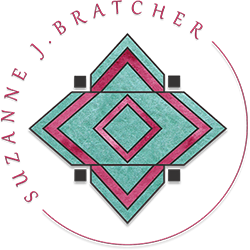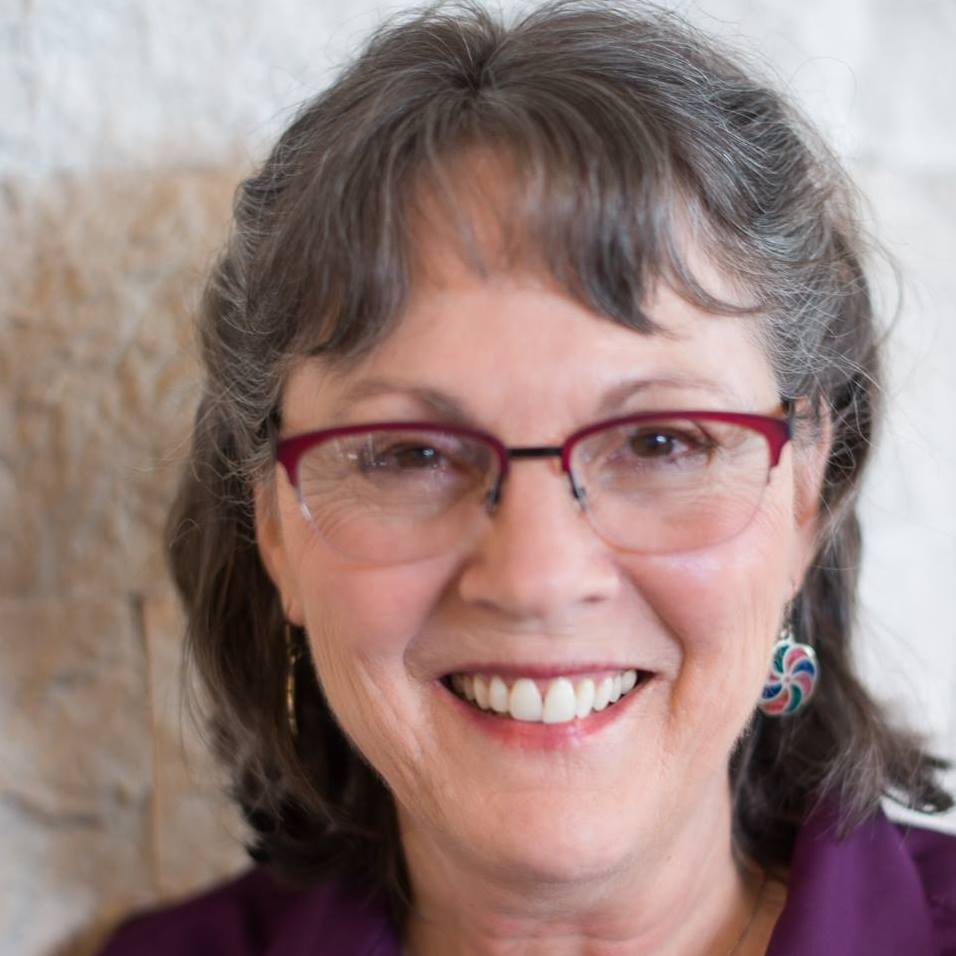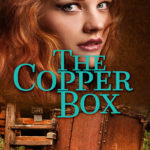
Research and my Writing Process
I decided to be a fiction writer when I was a eight, but I was sixty-eight when I held my first published novel. Because I couldn’t make a living writing fiction, I became a teacher. During those sixty years I taught English, wrote lesson plans, and graded papers. I went to graduate school and wrote a thesis. Later I wrote a dissertation. Then I wrote more lesson plans and graded more papers–this time for college students. To fulfill my job requirements, I also wrote professional papers and two textbooks.
My dream of writing fiction persisted. I took a correspondence course in children’s fiction, attended mystery conferences, and read books on the craft. I wrote poetry and short stories, but I had to retire before I could focus on full-length fiction. By that time I had written hundreds, maybe thousands, of pages of nonfiction. Research was built into my writing process: before I wrote a word, I researched my topic.
Research and Kokopelli’s Song
When I started writing fiction, I followed the same process. A story idea sent me searching for information. Kokopelli’s Song grew out of my curiosity about an unanswered archaeological question: Why did the keepers of the ceremonial center in Chaco Canyon dismantle and burn the four hundred kivas? When I learned burning cleansed a place of evil, I glimpsed ancient evil of great magnitude.
A story question began to take shape. “What if evil banished a thousand years ago found a way to enter our time?” Of course, a story requires a hero to battle evil: shamans who had passed the old stories down and boy and girl twins born to fulfill a prophecy. Enter a shaman from each cardinal direction and Amy and Mahu Sekaku.
Research and the Jerome Mysteries
The Copper Box started with my love of Jerome, Arizona, “the largest ghost town in America.” I gathered my information about Jerome first hand–on many visits over several years. I wandered in and out of shops, stayed in the hotel, ate at restaurants, and heard all sorts of ghost stories. Two characters who visit Jerome to lay personal ghosts to rest emerged from my imagination. Say hello to Marty Greenlaw, antiques expert haunted by her sister’s death and Paul Russell haunted by his wife’s death.
My interest in the mines that started Jerome, “the billion-dollar copper camp,” sparked the idea for The Silver Lode. As I researched mining from the late 1800s until 1950, I ran across information about a rich silver lode discovered in Virginia City, Nevada in 1850. I wondered what would have happened in Jerome if someone found a silver lode. Since one was never found, the discovery would have to be a secret. Meet one of Paul Russell’s students, an old man with letters from a long-dead brother, and budding geologist Scott Russell.
Research and my Work in Progress
The story I’m working on now is the third in the Jerome mysteries: The Gold Doubloons. I’ve always loved the Verde Valley, so one year while I was teaching at Northern Arizona University, I rented out my house in Flagstaff and house-sat for friends in Rimrock. Every time I made the commute, I passed the entrance to Montezuma’s Castle. Whenever I took the shortcut, I passed Montezuma’s Well. The peace of the well and the ancient aqueducts drew me there almost weekly.
The Sinagua, the people who built the pueblo and the well, caught my imagination. As I read about them, I discovered that archaeologists agree they abandoned their homes about a hundred years before Coronado came through the Verde Valley searching for the Seven Cities of Gold (Cibola). Experts agree the name “Montezuma” grew out of the ignorance of tourists in the 1800s. But I started to wonder about a connection between the name and Coronado, who knew all about Cortez and his conquest in Mexico.
A story began to bubble up, a story about an ambitious archaeologist who wants to build her career by proving the sites were named by Coronado and his men. Of course she would need evidence to disprove the prevailing theory. Spanish coins from the era would work–gold doubloons. Enter Dr. Julie–Paul Russell’s college friend–and treasure-hunter Reed Harper, Marty and Paul’s foster son.
So, How much is Fiction and how much is Fact?
I love to explore, so my settings are real places. I try to include enough details in my descriptions to cause readers to feel like they are right there. As I write the story, I do my best to weave the facts I’ve learned into the scenes I’ve imagined so seamlessly that a reader or two might wonder, “Did this really happen?”

 A passionate reader, I began writing as a young girl. After graduating from college, I became a teacher. Over the course of my career, I taught high schoolers, college undergraduates, and public school teachers how to write personal narratives, expository and persuasive essays, as well as poetry and short fiction. I continued to write: publishing professional articles, two textbooks, short stories, and poetry. In 2013, I won first place in Romantic Suspense in the ACFW Genesis Contest.
A passionate reader, I began writing as a young girl. After graduating from college, I became a teacher. Over the course of my career, I taught high schoolers, college undergraduates, and public school teachers how to write personal narratives, expository and persuasive essays, as well as poetry and short fiction. I continued to write: publishing professional articles, two textbooks, short stories, and poetry. In 2013, I won first place in Romantic Suspense in the ACFW Genesis Contest.
Leave a Reply